Condition In ruins | Type Settlement Local time Tuesday 9:03 PM | |
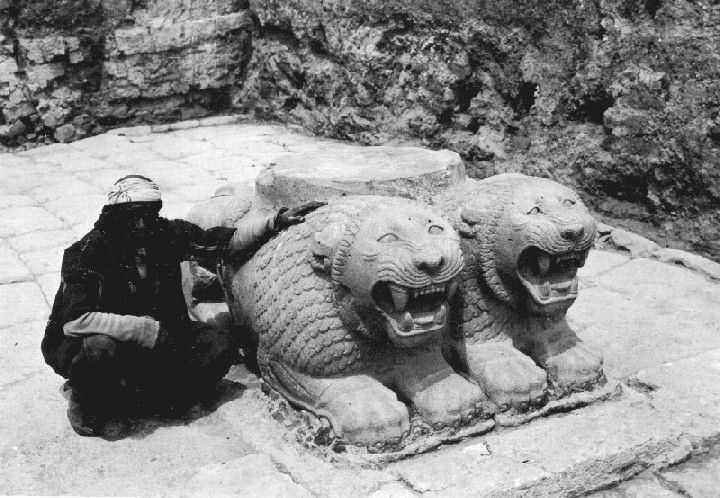 | ||
Weather 15°C, Wind SW at 24 km/h, 84% Humidity | ||
Tell Ta'yinat is a low-lying ancient tell on the east bank at the bend of the ancient Orontes river, in the Hatay province of southeastern Turkey about 25 kilometers south east of Antakya (ancient Antioch). It is located along the southwestern edge of the Amuq valley. The site lies some 800 meters from Tell Atchana, the site of the ancient city of Alalakh. It is a possible site of the city of Calneh mentioned in the Hebrew Scriptures.
Contents
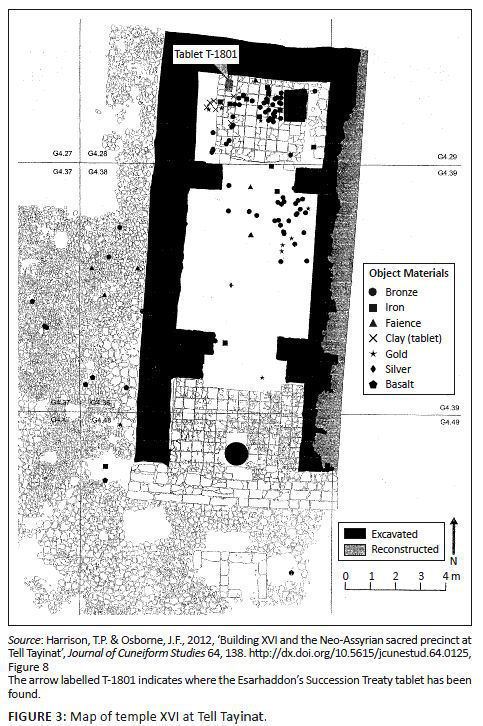
History
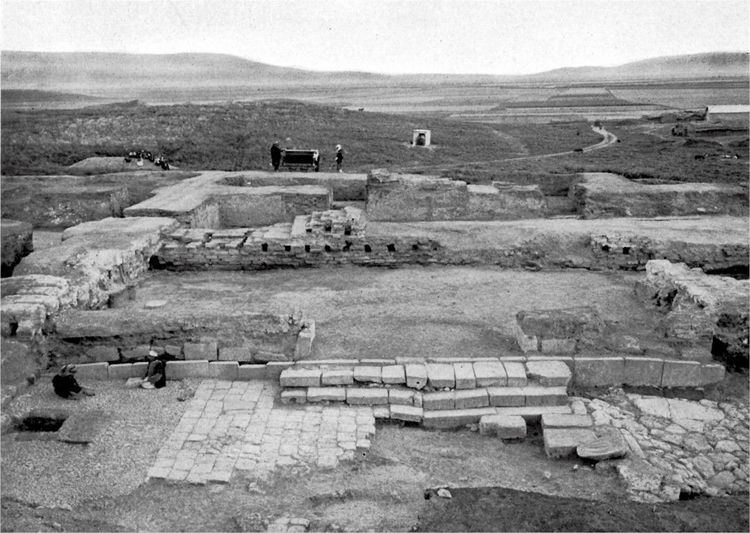
The site was a major urban centre in two separate phases, during the Early Bronze Age and Early Iron Age.
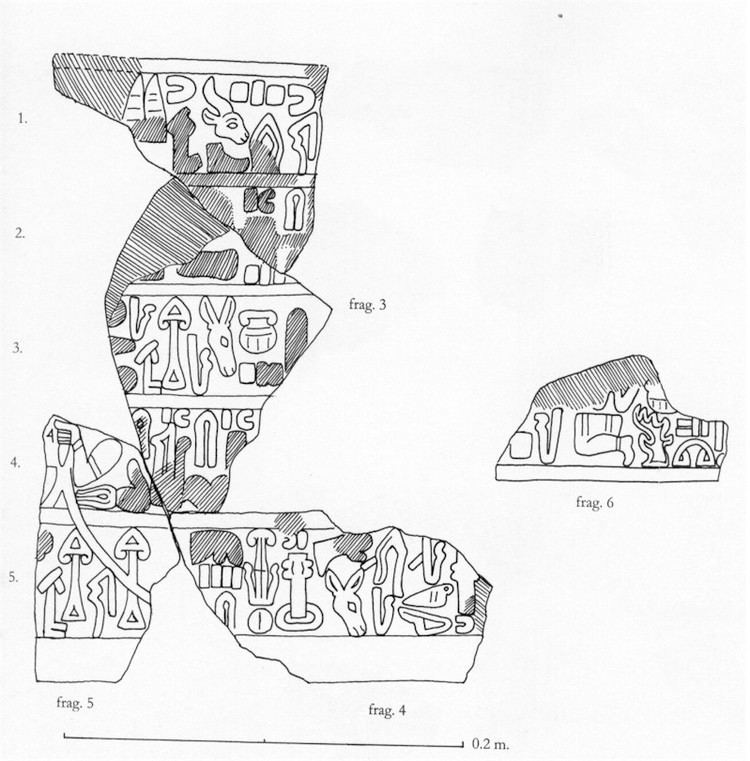
The red-black burnished ware (Karaz ware) is recovered in large quantities from the Early Bronze Age (EBA) II and IIIa levels. It is among the most commonly used pottery on the site. This type of pottery diminishes through the end of the last phase of EBA. This pottery is believed to be influenced by the Kura-Araxes culture, arriving into this area around 3000 BCE.
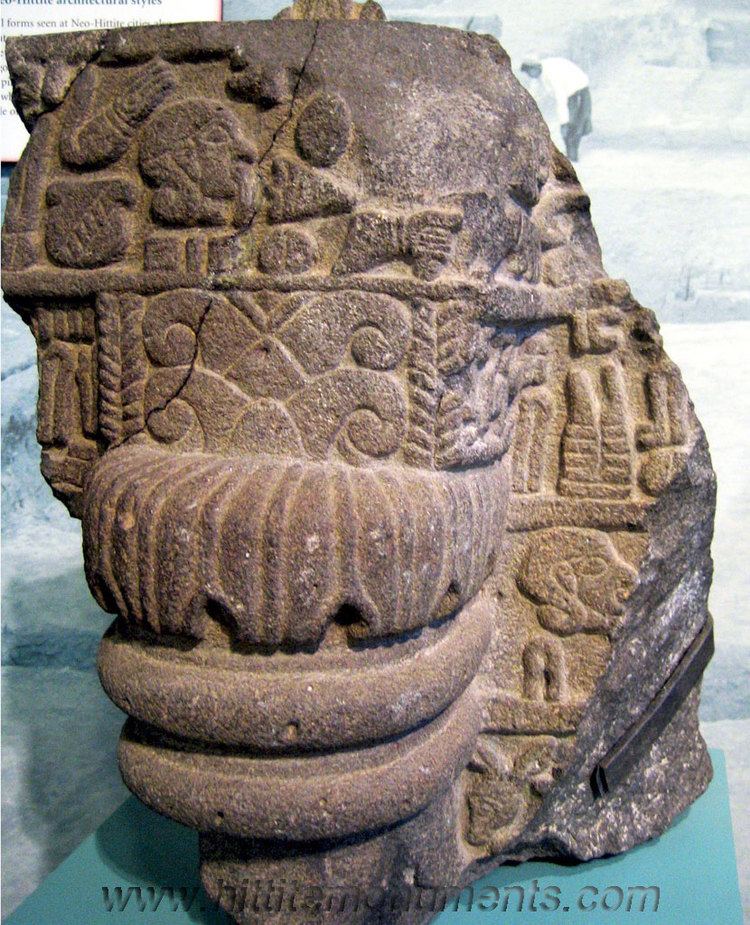
During the Early Iron Age, this is thought likely to be the site of ancient Kinalua, the capital of one of the Neo-Hittite/Aramean city-kingdoms of Walistin (Aramaic) or Palistin (neo-Hittite). Among the culturally diverse Syro-Hittite states in the north Syrian river-plain the rulers of Kinalua continued to bear royal Hittite names in the 8th century BCE. At the first Assyrian conquest in the 870s BCE, the victors carried away from Kinalua silver and gold, 100 talents of tin, essential for making bronze, and 100 talents of iron, 1000 oxen and 10,000 sheep, linen robes and decorated couches and beds of boxwood, as well as "10 female singers, the king's brother's daughter with a rich dowry, a large female monkey and ducks". At a later campaign the Assyrians forced its king Tutammu to submit.
Archaeology

Archaeological excavations were conducted at the site by the University of Chicago's Oriental Institute from 1935 to 1938, led by Robert Braidwood . One of the key finds made at the site was a temple reminiscent in plan to the descriptions of King Solomon's Temple in the Old Testament. Several large palaces in the style known as Bit-hilani were also excavated. In 1999, the Oriental Institute returned to the site to conduct a survey and to examine the original excavations.
A lecture mostly about the site is available at

New excavations at the site were begun by a team from the University of Toronto in 2004, after a survey in 2003. Continued excavations in the summer of 2005 exposed more of the Iron Age temple as well as part of one of the early Iron Age II bit-hilanis. A significant amount of earlier Iron Age I material was also uncovered as well as small amounts of Early Bronze Age material. Excavations have continued now for a total of 6 seasons, through 2009. Findings have included a significant Iron Age temple, a number of 1st millennium BC cuneiform tablets, and initial structures from the earlier Bronze Age settlement.

In August 2012, a team from the University of Toronto announced they had uncovered the head and torso of a human figure, intact to just above its waist. The remains of the figure stand approximately 1.5 meters in height, suggesting a total height of 3.5 to 4 meters. The figure is bearded with eyes made of black and white stone. The figure's hair has been styled in an elaborate series of curls arranged in rows. The arms of the figure extend forward from the elbow. Each arm has two arm bracelets adorned with lion heads. The figure’s left hand holds a shaft of wheat and its right hand holds a spear. The figure's chest is adorned with a crescent-shaped pectoral. A lengthy carved, raised relief inscription in Hieroglyphic Luwian runs across the figure's back. The inscription records the accomplishments and campaigns of King Suppiluliuma. He is likely the same king who as part of a Syrian-Hittite coalition in 858 BC fought against the Neo-Assyrian invasion of Shalmaneser III.


